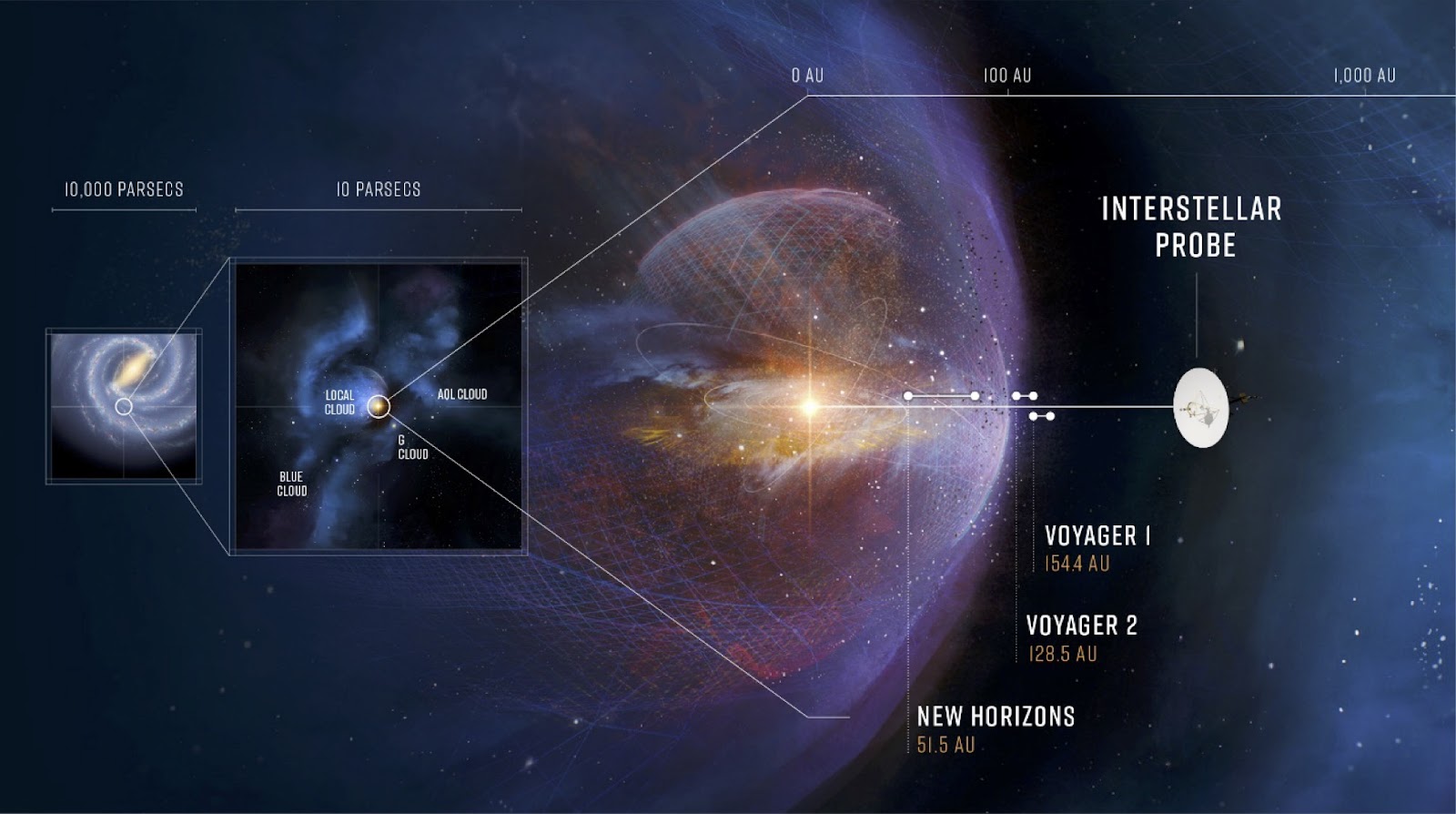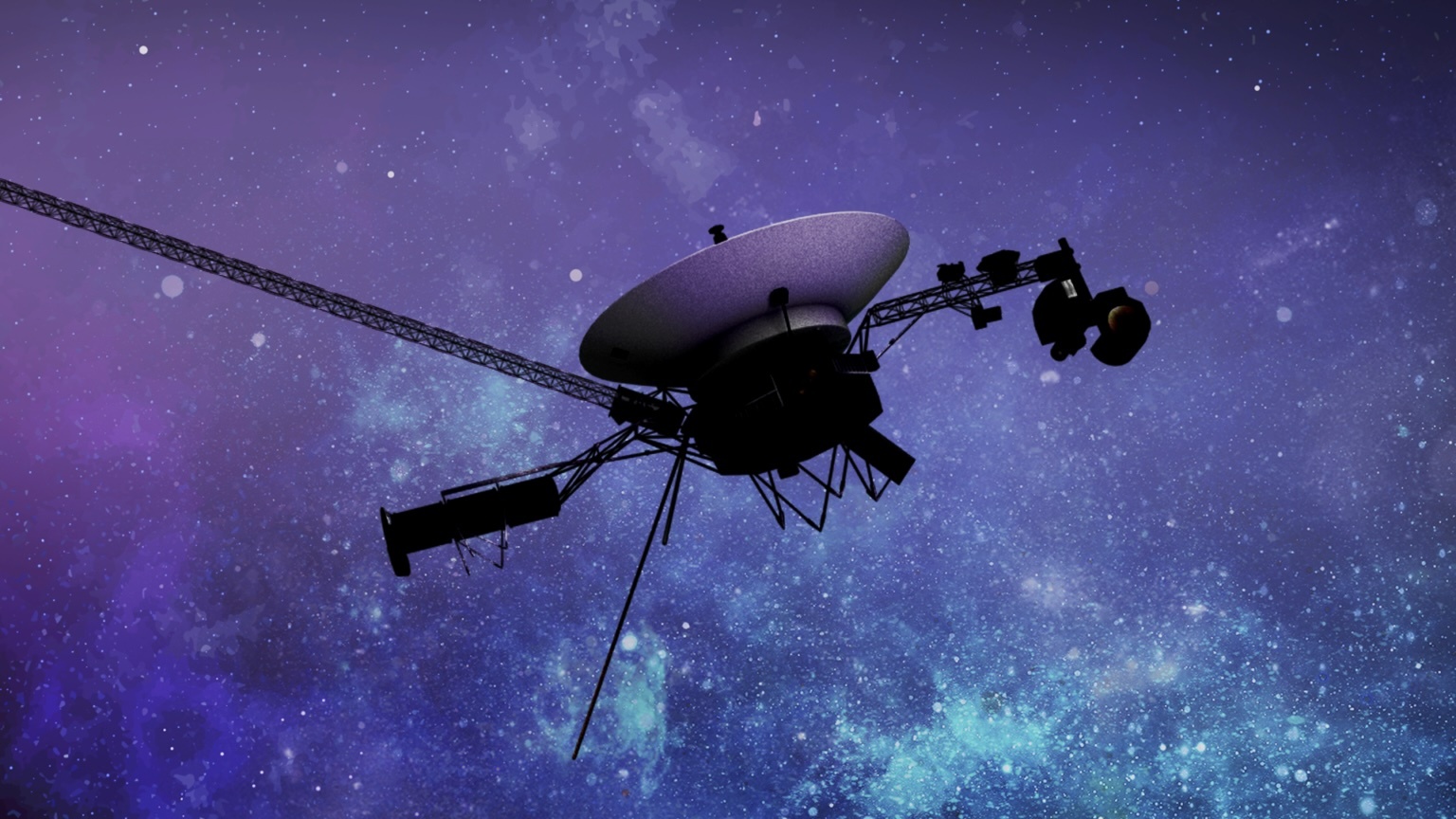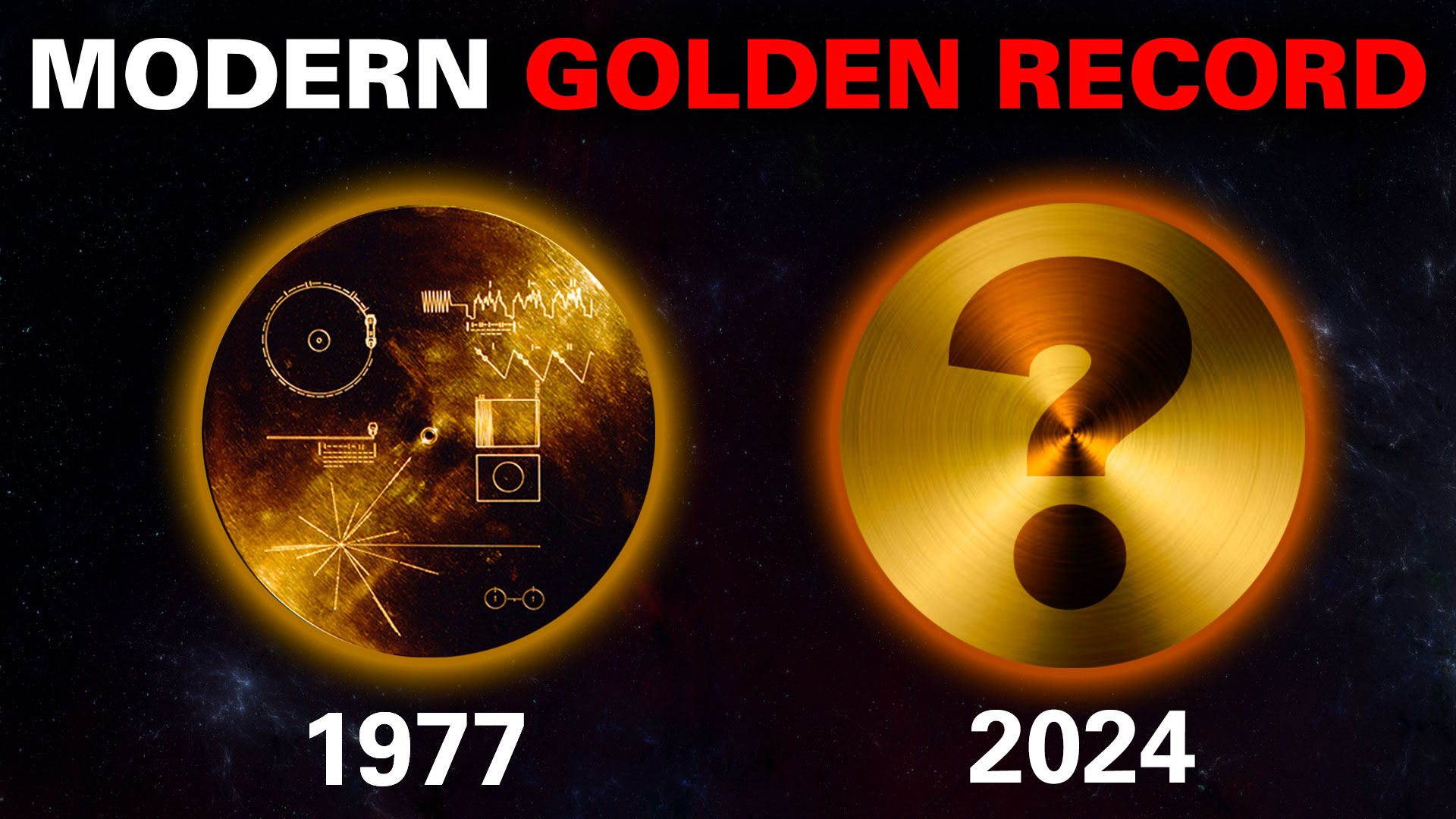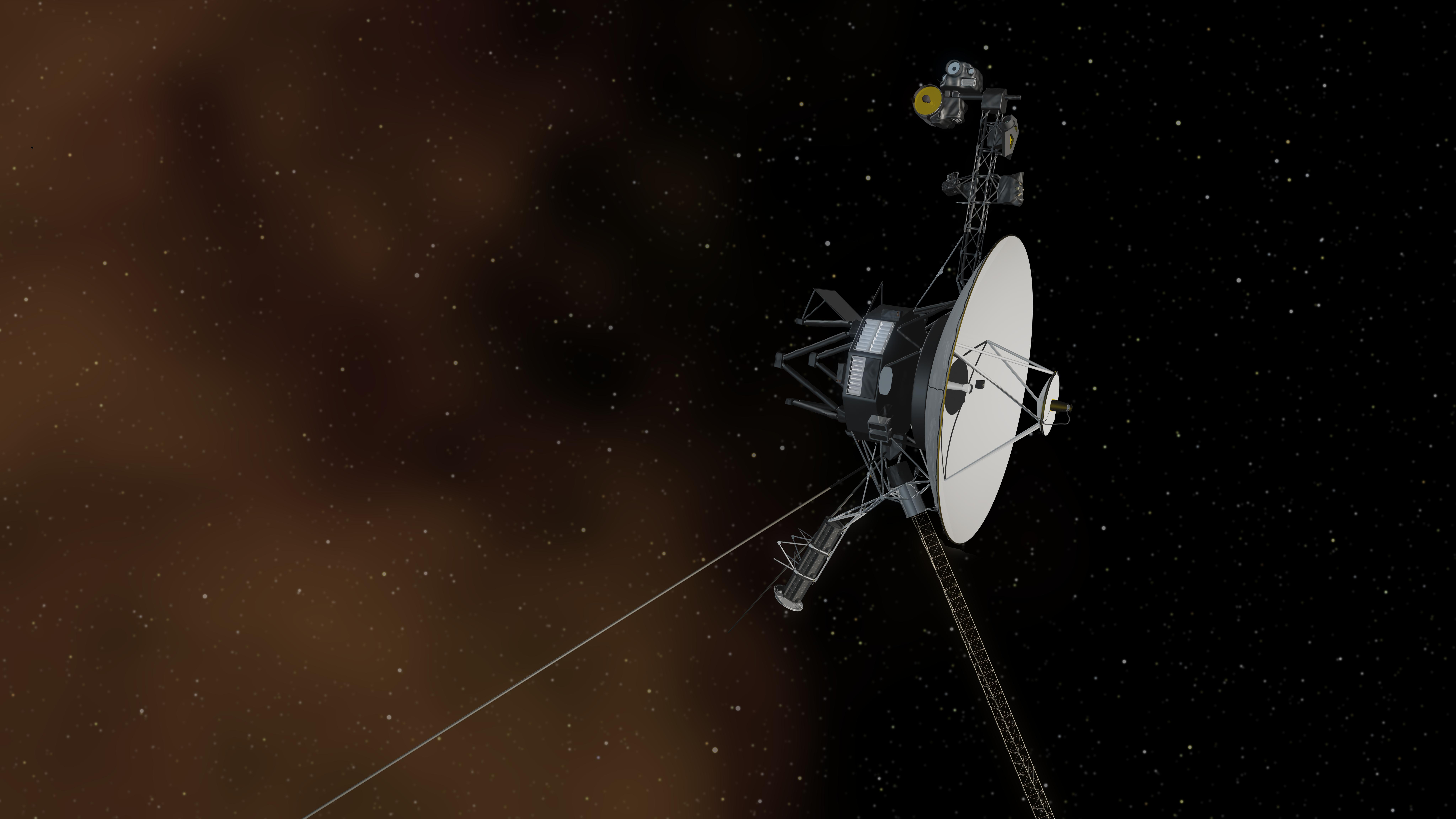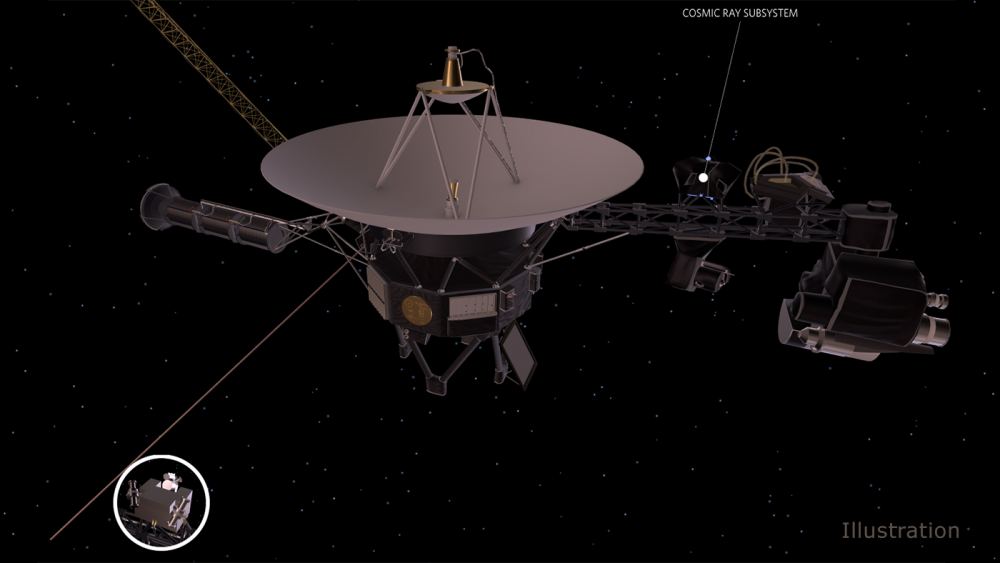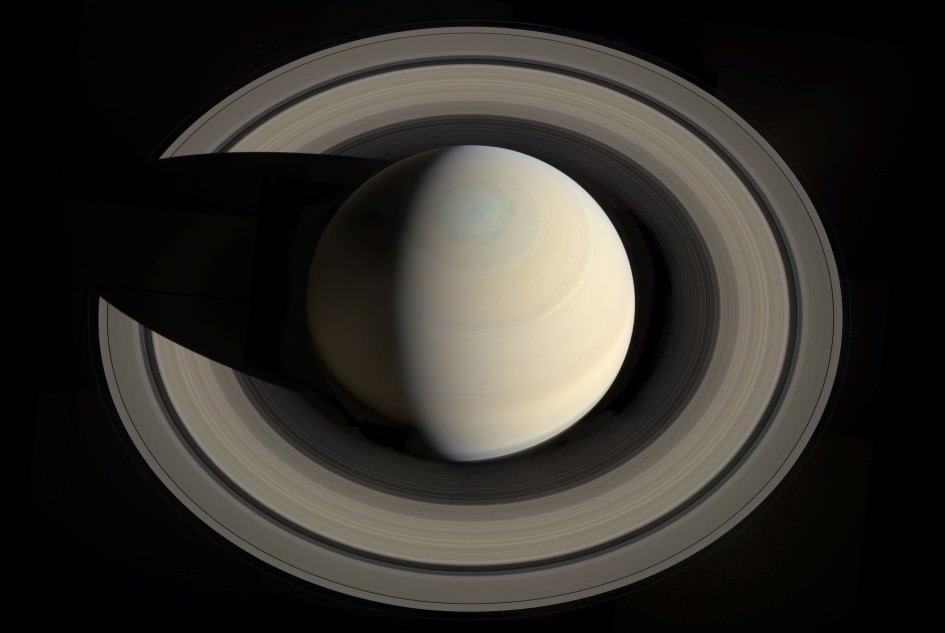Since 1979, when the Voyager probes flew past Jupiter and its system of moons, scientists have speculated about the possibility of life within Europa. Based on planetary modeling, Europa is believed to be differentiated between a rocky and metallic core, an icy crust and mantle, and a liquid-water ocean that could be 100 to 200 km (62 to 124 mi) deep. Scientists theorize that this ocean is maintained by tidal flexing, where interaction with Jupiter’s powerful gravitational field leads to geological activity in Europa’s core and hydrothermal vents at the core-mantle boundary.
Investigating the potential habitability of Europa is the main purpose of NASA’s Europa Clipper mission, which will launch on October 10th, 2024, and arrive around Jupiter in April 2030. However, this presents a challenge for astrobiologists since the habitability of Europa is dependent on many interrelated parameters that require collaborative investigation. In a recent paper, a team of NASA-led researchers reviewed the objectives of the Europa Clipper mission and anticipated what it could reveal regarding the moon’s interior, composition, and geology.
Continue reading “Europa Clipper Could Help Discover if Jupiter's Moon is Habitable”

